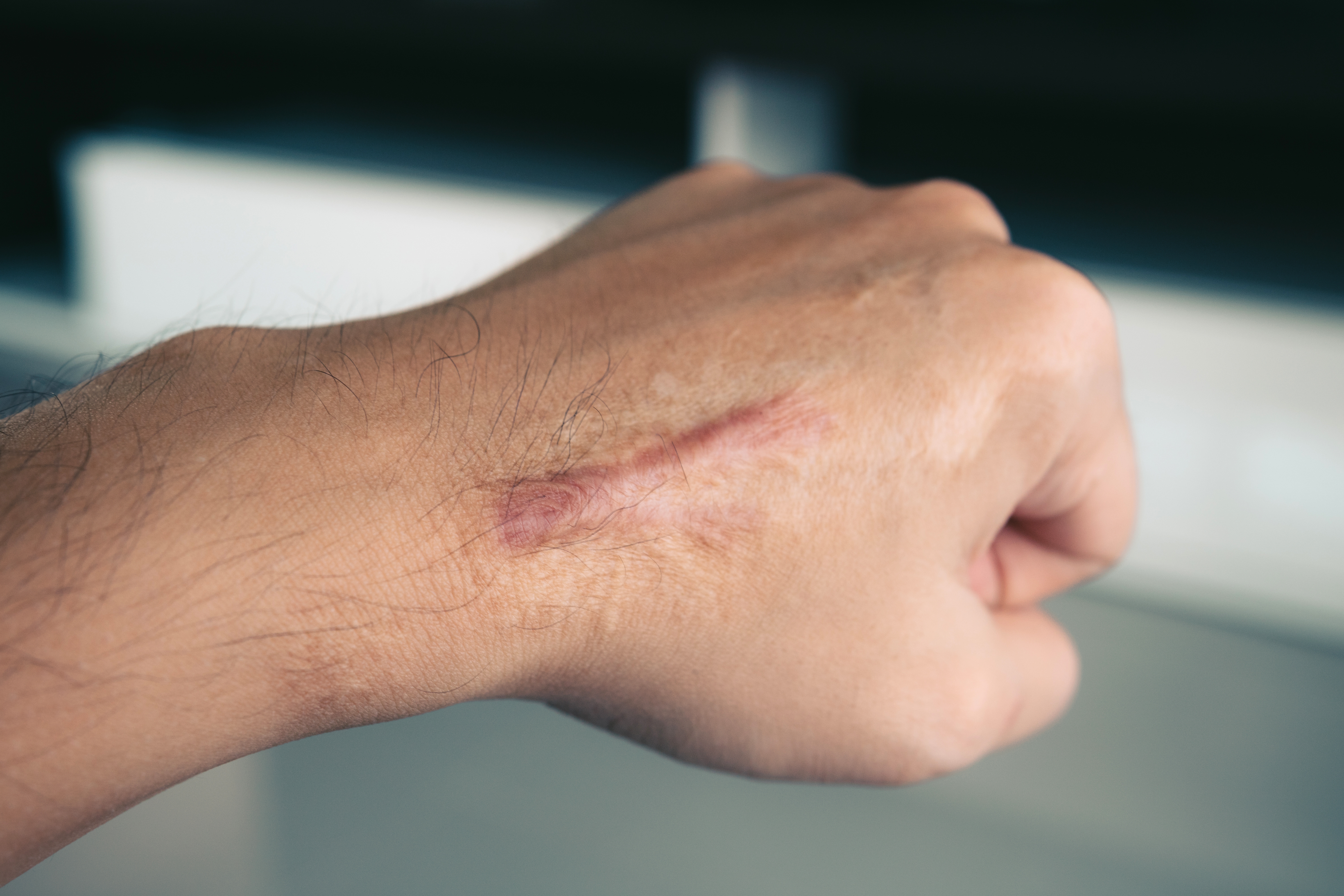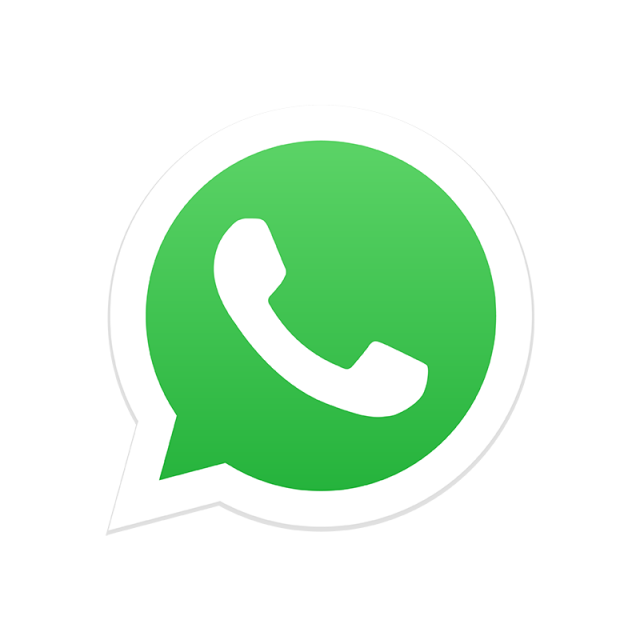Dermatosurgery
Dermatosurgery involves the surgical treatment of skin, Hair and nail diseases and. Dermacare provides advanced facilities for Hair transplantation, Vitiligo Surgery, Acne Scar Surgery, Mole excision, Nevus Excision, Scar Revision, Nail Surgery , Ear lobe repair and these surgeries are done by well qualified team of Dermatosurgeons and plastic Surgeons.
Because of research breakthroughs and instrumentation innovations, various dermatologic surgeries are minimally invasive. This implies not just better patient safety but also reduced recovery period. Also, developed techniques have helped enhanced the results of skin surgery methods.
Examples of most common procedures are chemical peeling, anti-aging treatments, laser surgery, botulinum toxin treatments, injectable and implantable soft tissue fillers, correction of acne scarring, vein therapy, tumescent liposuction, hair restoration, reconstructive flaps and grafts, and also skin cancer treatment.
Vitiligo Surgery
Surgical treatment should be done only in stable cases of vitiligo. Success and outcome depends on stability of disease and type of Surgery. Surgical options are punch grafting, blister grafting and melanocyte suspension.
Patients’ confidence in vitiligo surgery has been boosted as many forms of vitiligo are treatable with the help of surgical approaches, like cellular or skin grafts. The concept involves removal of the top skin layer involving white spots, which is then replaced with healthy melanocytes taken from other part of the body.
The typical surgical methods for vitiligo include suction blister grafting, miniature punch grafting, and thin split thickness skin grafting. More advanced procedures involve cultured melanocyte suspensions or sheets and autologous noncultured epidermal cell suspensions.

Nail Surgery:
It is usually performed for the treatment for ingrown toenails, traumatic nails,deformed nails and nail tumours.
Nail surgical procedures and treatments are given depending on the condition of the nail. Extent of disease and medical co-morbidities also come into play while deciding on the treatment to be given. In case, the patient has uncontrolled diabetes he may be prone to infection and may need prophylactic antibiotics. Other decisive factors include concomitant medications, personal preference, budget, and medical insurance.

Scar Surgery:
It is done for the removal scars formed on the skin after the healing of wounds caused by trauma, burns and post acne.
Surgically doing away with a scar is one of the invasive kinds of treatment. Your dermatologist may suggest other less invasive methods after evaluating the scar and may perform a different procedure in order to make it diminish. For example, a derma-surgeon may choose to decrease the size of a big scar or may place a skin taken from other part of the body over the scar.

Corn & Wart Surgery:
It is the surgical removal corn or wart after the failure of other methods, or in case of severe corns/warts.
Corns are generally concentrated on a patient’s feet on the other hand warts can erupt on any part the whole body. Corn formation can occur because of an enlarged joint, wearing tight footwear or any kind toe deformity. Typical treatment options may be explored on treating a corn, but only surgery is employed to completely remove the patient’s corn. Surgery mainly involves making a tiny incision, elimination of the corn head, and skin repair.

Laser Surgery:
Laser surgery is effective in the removal of moles, warts, corn, pyogenic granuloma , skin tags, Freckles, and seborrheic Keratoses.
Laser surgery is a common surgery these days that employs beams of special light and not surgical instruments to carry out the procedures. LASER is the short form of Light Amplification by the Stimulated Emission of Radiation. Although Laser surgery has gained momentum now but laser was developed in 1960.

Mole Surgery:
Deep or large moles can be removed by surgery. Usually this is performed by punch or elliptical excision of moles.
Mole elimination generally involves a short time and is typically conducted on an outpatient basis in a clinic or a hospital. The doctor may numb the region surrounding the mole and may cut to remove it, taking along a bit of healthy skin if required. The process may leave a scar. In case the mole reappears, visit the doctor immediately.

Skin Cancer Surgery:
Surgery is an effective method for the treatment of basal cell carcinoma,melanoma. Surgery requires removal of affected skin tissues with wide margins.
Squamous or basal cell skin cancer may require procedures like electrodessication and curettage, Mohs surgery or surgical excision in order to remove it. Also, the skin and the surrounding tissue are reconstructed. For Mohs surgery, local anaesthesia is given to the patient. The surgery is generally not painful.

Cryosurgery:
Various types of abnormal skin growths, moles, warts, and minor skin cancers can be removed by the r application of liquid nitrogen on the skin.
This is called Cryosurgery. It involves the employment of tremendous cold temperature to kill abnormal tissues, called tumours. Besides liquid nitrogen, Argon or carbon dioxide may also be used to create cold temperature for the treatment.

